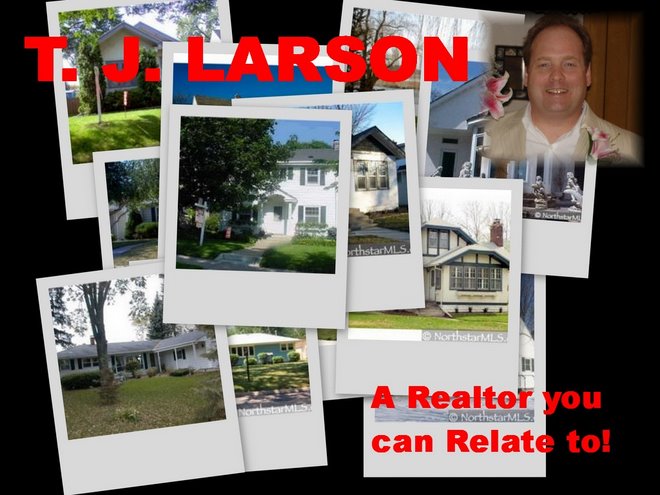Out of space, out of place
"That's it," she said. "A big, white, stucco garage. It dominates every view."
In the past year, the 1950s rambler next door to Sellman's Minnetonka home has been torn down and replaced by a taller, wider home she and other neighbors call a "monstrosity."
However, the house fits the city's standards. When the builder asked the city for a variance, it was granted.
But a year from now, a similar request might run into some stricter requirements.
The city of Minnetonka is taking steps to limit house sizes. The City Council is concerned that some too-large homes, or "McMansions," are being built on too-small lots. A McMansion (the name is taken from McDonald's and its concept of "super-sizing") can crowd its neighbors and change the look of an entire neighborhood.
Though oversized homes have been an issue for the past few years, the city has had few tools to fight the houses beyond setback and height requirements already in place. And those don't always take a neighborhood's character into account.
This week, the Planning Commission is considering new tools. The most unusual is a policy that would limit a house's size based on the size of others in the area.
But some are concerned that limiting house sizes might stifle change and homeowner choice.
Minnetonka is fully developed. So new homes are being built only after old homes are torn down.
Add in rising property values, and it makes sense that house sizes have increased, said Geoff Olson, former city planner.
For some time, most of the larger "tear-downs" were occurring on lakefront property, where lots are slender and large houses can end up very close together. But the trend has moved to other parts of the city, and many more neighbors have complained about new houses' size.
If approved by the City Council, the policy would hold builders to a ratio: the house's floor area divided by its lot area could not exceed that of the largest house within either a 200 or 400 foot radius and within 1,000 feet on the same street.
The policy would only apply to builders asking the city for variances from the city code, such as reduced setbacks from lot lines. It would not affect houses that fit zoning requirements or houses already built.
There was talk about holding builders to the average -- rather than the largest -- ratio in the neighborhood, but city council and planning commission members thought that would be unfair. But by using the largest house, a neighborhood still could be defined by a McMansion already built, Olson acknowledged.
Teresa Elsbernd built one of the houses that initially concerned the city and neighbors. She split a 1.1-acre lot and is building a home on half of it. To split the lot, she needed a variance.
Though the house overpowers the lot to some degree, it is not a McMansion, Elsbernd said. When designing the house, she was careful to keep the roof pitches and colors similar to those around it. And she worked with the city to modify the plans.
When the McMansions policy was introduced, Elsbernd wasn't a fan. "We're not all big, bad builders. We're going to limit ourselves to something that fits and that will sell," she said. "I'm not sure the government should be designing homes."
If the new home ratio policy had been in place, Elsbernd still would have gotten her variance. The floor-area-to-lot-area ratio is .16. The largest home in the neighborhood is .17.
And even if her house were .18, the city still could have approved the variance. The ratio would be a policy, rather than an ordinance, and thus could be ignored if a house plan were approved.
"We want to be able to work with this for a year or two before making it law," said city planner Julie Wischnack.
The policy could eventually be incorporated into an ordinance or the city's updated comprehensive plan.
After seeing the policy put into practice, Elsbernd said she understands its use. "I'm happy to comply," she said.
Edina and Bloomington, two other developed cities, are also confronting the McMansion issue. Edina created a task force in the spring to address the question. The city's codes limiting a house's lot coverage haven't fully addressed the issue.
And these cities, like Minnetonka, do not want to restrict redevelopment. When Minnetonka's policy was first discussed, Mayor Jan Callison was concerned that more restrictions would stifle change and keep residents from upgrading their property.
"It's a balance," Olson said. "We have to protect the homeowners while protecting the character of the neighborhood."


No comments:
Post a Comment